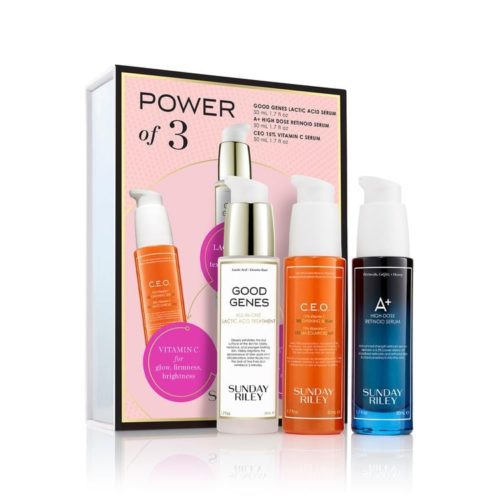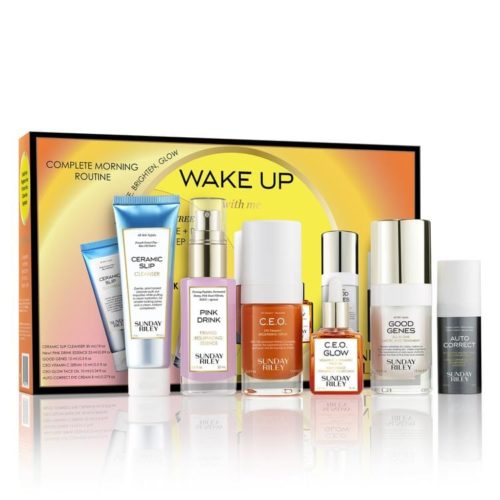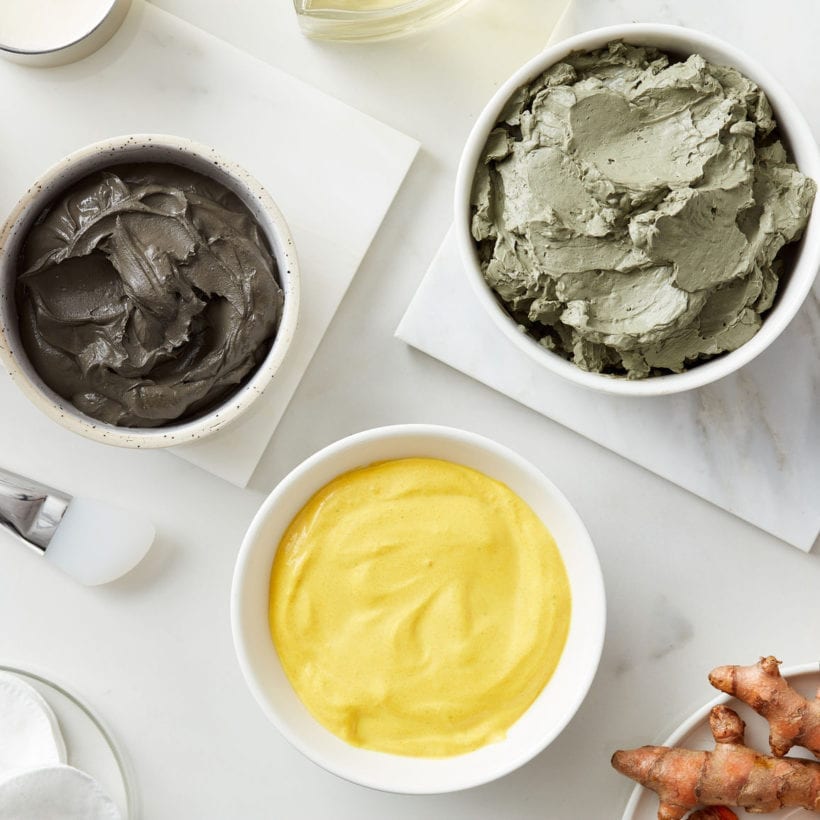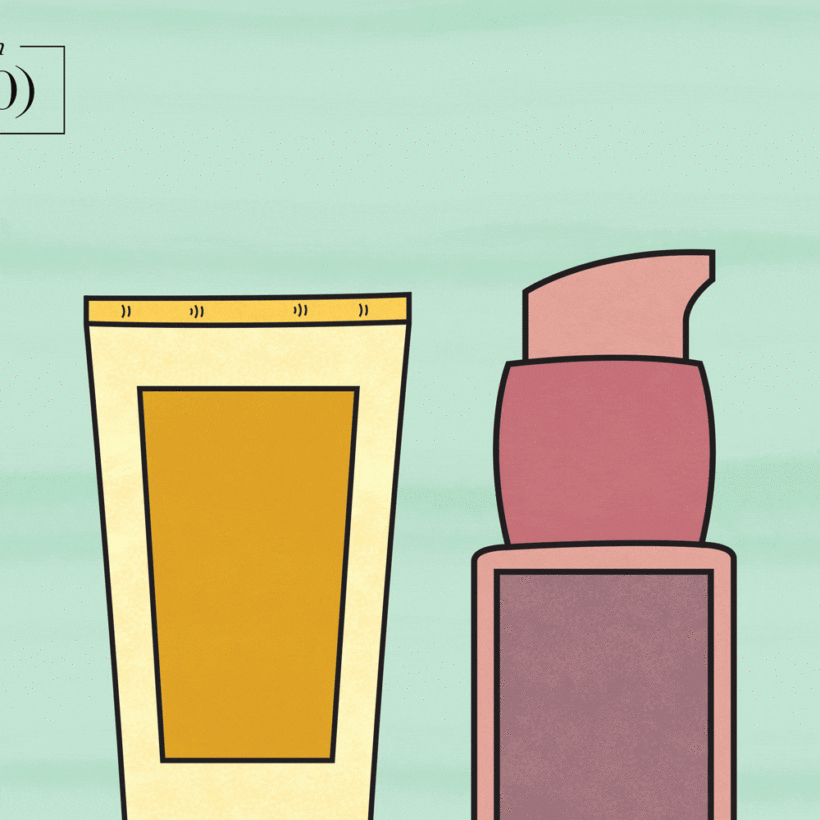The start of a new year always seems to be an opportunity for reflection and new beginnings. And if there was any year where we crave a fresh start, it would be 2021, are we right?
It seems like a cliché to hear about starting a new routine in January, but it makes sense: In the spirit of new year’s resolutions, you’ll probably be more likely to commit to a new routine. Plus, with a completely open social calendar (post-holidays and thanks to quarantine), hopefully, that means you can carve out more time for consistent self-care. Or, simply, as we enter the peak winter season, your skin is in dire need of TLC. Oh, and let’s not forget, it’s fun to explore new products! Maybe it was pretty packaging, an innovative formula, or a value kit that you just couldn’t resist.
Whatever your reason, your end goal is the same: You want your healthiest-looking skin ever — skin that you’re not getting from your existing products or else you wouldn’t really have the desire to switch it up. But before you go and upend your entire routine, let’s talk about how to do it right. We chatted with Dr. Mona Gohara, a board-certified dermatologist, to learn how to press reset so you don’t end up disappointed.
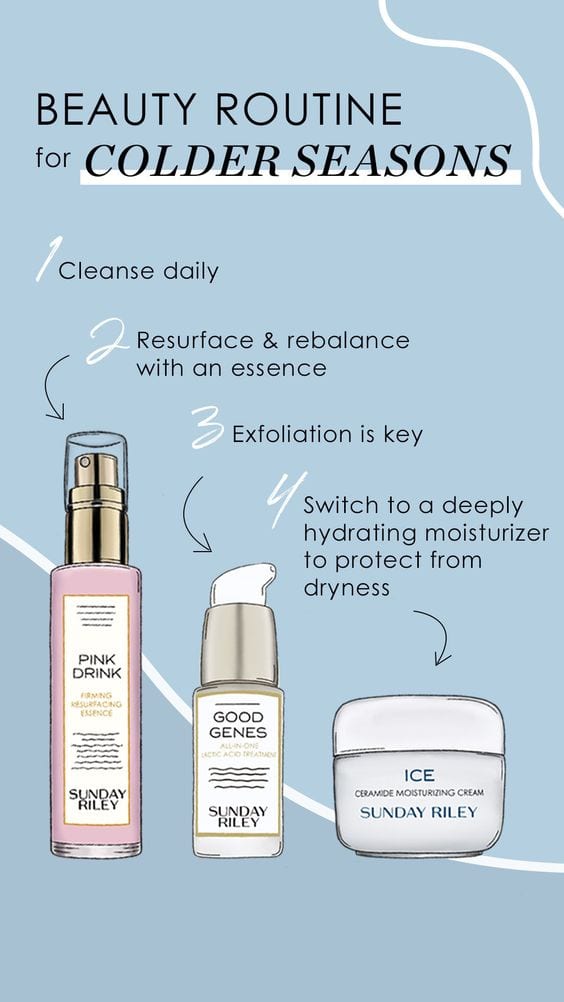
Step 1: Assess Your Current Routine
First, take a look at your existing skincare routine to try to figure out why you feel like you need a change. Aside from the fact that perhaps a shiny new product was on a major sale, your motives are probably deeper than that. Your desire for a new routine likely boils to not seeing any change in your skin or a negative reaction to something you’re using. Here’s what to consider before you decide to officially move on to a new regimen:
- Have I been using my products consistently? If you’re not using them on a consistent basis (e.g. taking a week off, then using them three days in a row, and taking another five days off), it could be a key factor as to why you’re not seeing the results you want. Your products like routine.
- How long have I been using my products? Not everything is going to be a miracle product. Some ingredients will work quickly; others will take a while to see results. As a general rule of thumb, “your skin takes about six to eight weeks to adjust to a new routine, so don’t be worried if you aren’t seeing immediate results,” says Gohara.
- Do my ingredients work well together? This is a particularly important question if your routine consists of active ingredients (think: acids, retinol, vitamin C, etc.). Check the ingredients of your products to see you’re using any ingredients that are “canceling” each other out. For instance, retinol doesn’t play well with benzoyl peroxide.
- Are my products strong enough? For example, if you’ve been using the same, low strength of retinol in your routine, yet you’re not seeing results, it could just mean your skin is able to tolerate a higher strength. It’s possible your skin has just adjusted to a product that you’ve been using for a while.
- Am I storing them correctly? If you’ve been storing your ingredients in direct sunlight or in a consistently hot/humid environment like your bathroom, it might be breaking down the ingredients in your skincare — rendering them less effective.
- Is it a bad reaction — or is it purging? “There are signs to keep an eye out for if your routine isn’t working, including tightness in your skin, redness, stinging sensations when using the product, rashes from allergic reactions, skin becoming extra dry or oily, new pigmentation, you’re experiencing more breakouts, and small bumps like milia,” says Gohara. Don’t confuse this with purging, which is a common reaction to new products. Purging is a response to active ingredients (commonly retinol) where the intense increase of cell turnover makes it look like acne.
- What other lifestyle factors are having an affect? Pregnancy, stress, hormones, medication — your skincare products are combating with a lot of other potential factors. Your dermatologist will be able to help you with this detective work.
Step 2: Give Your Skin a Chance to Reset
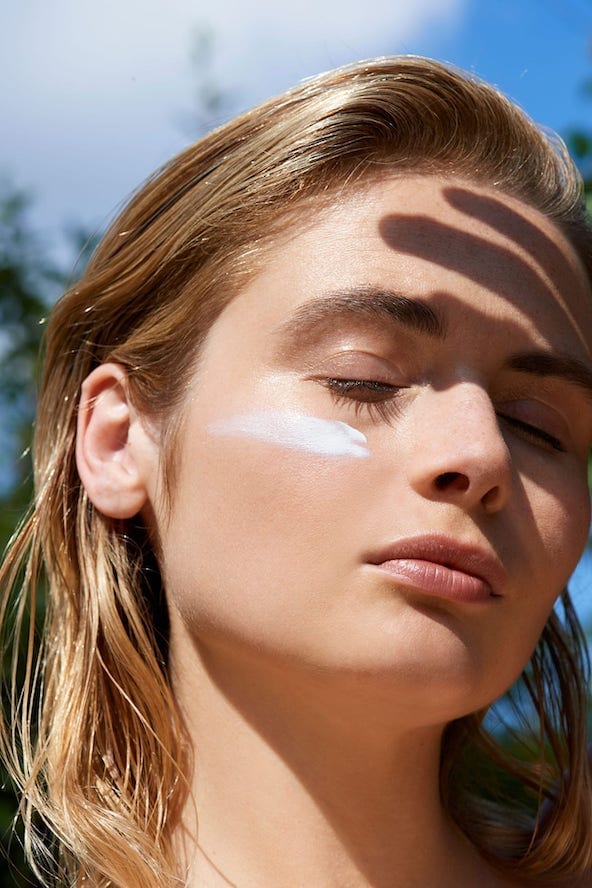 So you’ve decided that you’ve given your existing skincare lineup a fair chance, and you’re ready to try something new.
So you’ve decided that you’ve given your existing skincare lineup a fair chance, and you’re ready to try something new.
First off, if you’re using a prescription topical, it’s important to loop your dermatologist into the equation before cutting out the treatment, according to Gohara. But for most over-the-counter products, a skin fast can help you target where your problem areas are or any specific issues you need to address. It doesn’t necessarily mean going cold turkey as you should always be using a cleanser, moisturizer, and SPF on a daily basis. But, taking a break from active or powerful ingredients can help give your skin a reset to determine what it needs.
Note: If your current products are “working” and you just want to try something new for the sake of seeing if you like something better, there’s no real need for a skin fast.
Step 3: Ease Into Your New Regimen
Remember to give everything a patch test. Every day for a few days, apply it to the same spot (pick an inconspicuous place, like the side of your neck or your wrist) to test it for an allergic reaction.
For topical prescriptions, your dermatologist will work with you on figuring out a game plan. As for over-the-counter products, if you need somewhere to start, Gohara recommends starting with the skin fundamentals: cleanser, exfoliation, moisturizer, and SPF.
Factor in your skin type (dry, oily, combination, or somewhere in between) and monitor the ingredient lists so you’re not slathering too many actives at the same time. “Retinoids and some vitamin C treatments can cause skin sensitivity, so make sure to gradually add the new formulation to your routine,” she explains.
“As you adjust to creating a full routine you can continue to build up your products and steps to include serums, masking, etc., targeted at your skin concerns and goals,” Gohara explains. “As your skincare knowledge develops, you can have separate morning and night routines. For example, in the morning, you could focus on enhancing your skin with things like a brightening vitamin C serum, and repairing and prevention at night with products like retinol.
In other words: Don’t just go for every new product you’ve recently purchased all at once. Proceed towards your skin goals with intention, be it an evening out your skin tone, hydrating away dry patches, or smoothing out fine lines. “Your routine should be built to focus on your skin’s health,” she says. “Don’t forget to get good sleep and drink lots of water, too!”
Additional reporting by Christa Lee.
We only recommend products we have independently researched, tested, and loved. If you purchase a product found through our links, Sunday Edit may earn an affiliate commission.

